How to Write Engaging WhatsApp Marketing Messages: Complete Guide with Tips & Examples
Make your customers stop scrolling and start responding—with messages that sound like they’re from a friend, not a brand.
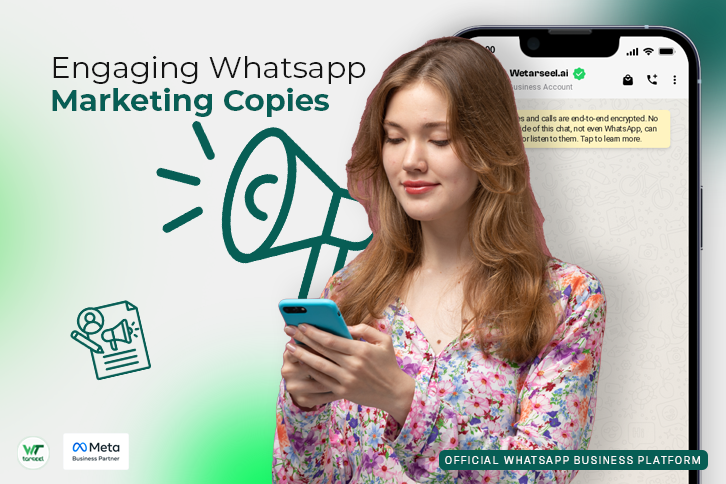
Table of Contents
Ever noticed how quickly we open a WhatsApp message compared to an email or ad? That’s because WhatsApp feels personal. It’s where we chat with friends, share updates, and actually pay attention.
Now imagine using that same space to talk to your customers, in a way that doesn’t feel like marketing, but more like a real conversation. That’s what WhatsApp Business lets you do.
And the best part? You can create messages that people want to open, read, and reply to. In this guide, we will show you how and step by step. You’ll learn what types of messages work best, how to write them so they sound natural, how to make them look good, and what to avoid so WhatsApp doesn’t reject your templates.
By the end, you’ll know exactly how to send WhatsApp messages that feel friendly but still drive sales and engagement.
Why Does Copywriting Matter in WhatsApp Marketing?
Think of WhatsApp like your living room. It’s personal. No one wants boring or pushy messages popping up between chats with mom or best friends. That’s why your message copy needs to feel like a conversation, not a billboard.
When your copy sounds helpful, clear, and personal, people actually read it—and more importantly, they respond. A good message can:
Boost clicks and replies
Improve customer trust
Increase conversions without sounding salesy
Top Tips to Write Engaging WhatsApp Messages
1. Understand Your Audience: The Foundation of Effective Messaging🧠
Before sending a message, ask yourself:
Who is my audience?
What are their preferences?
What problems are they trying to solve?
Segment your audience based on demographics, purchase history, and behavior. For instance, a fitness brand might segment customers into beginners, intermediates, and advanced users, tailoring messages accordingly.
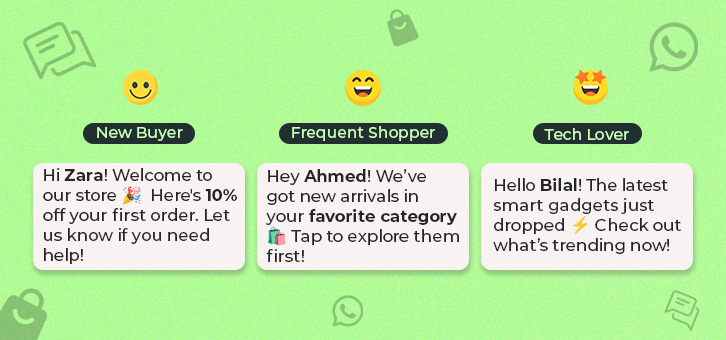
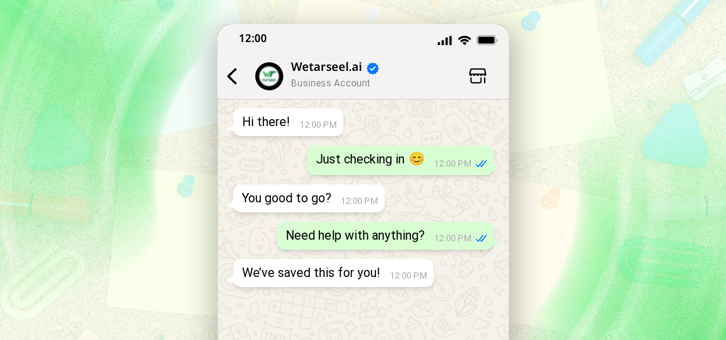
2. Set Clear Objectives: Know What You Want to Achieve
Define the purpose of your message:
Are you promoting a new product?
Offering a discount?
Seeking feedback?
Having a clear objective ensures your message is focused and actionable.
3. Personalize Your Messages: Make Customers Feel Valued
Personalization goes beyond using the customer’s name. Consider:
Recommending products based on past purchases.
Sending birthday wishes with special offers.
Tailoring messages to customer interests.
For example, a clothing retailer might send a message like:
“Hi Alex, we thought you’d love our new summer collection. Here’s a 10% discount just for you!”
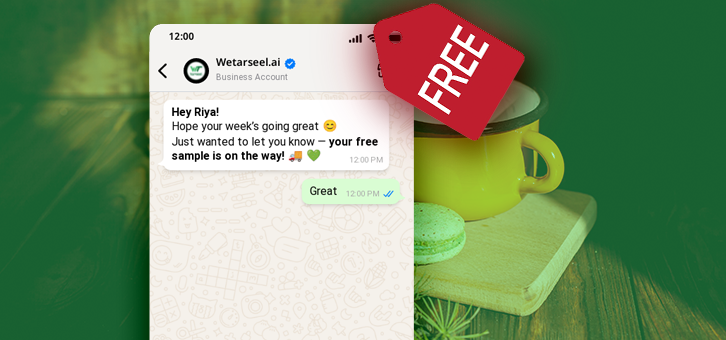
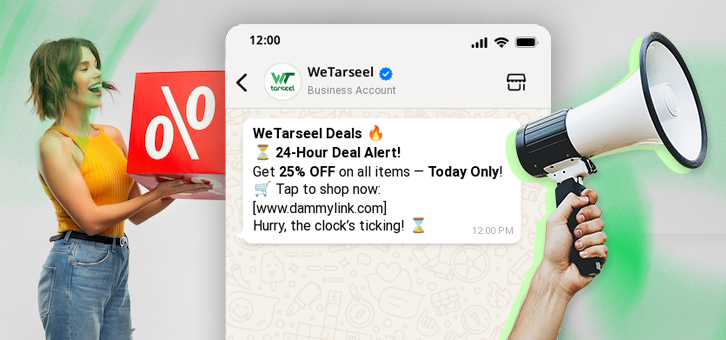
4. Keep It Concise and Clear: Respect Your Customer’s Time
WhatsApp is a quick messaging platform. Ensure your messages are:
Short and to the point.
Free of jargon.
Easy to understand.
Use bullet points or numbered lists for clarity when necessary.
5. Use Multimedia: Enhance Engagement
Incorporate images, videos, or GIFs to make your messages more engaging. A restaurant might send a mouth-watering image of a new dish, while a fashion brand could share a video of their latest runway show.
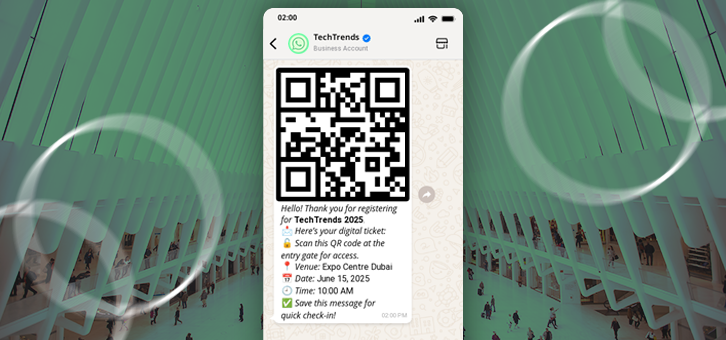
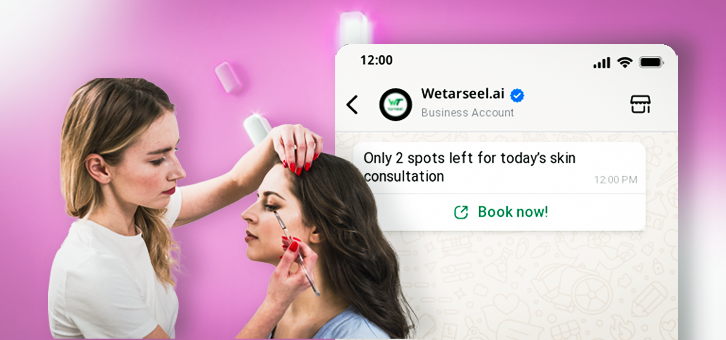
6. Include a Strong Call-to-Action (CTA): Guide the Next Steps
Your message should prompt the customer to take action. Examples include:
“Shop Now”
“Book Your Appointment”
“Claim Your Discount”
Ensure the CTA is clear and links directly to the desired action.
7. Time Your Messages Appropriately: Maximize Open Rates
Consider when your audience is most active. For instance:
Send promotional messages during lunch breaks or early evenings.
Avoid late-night messages that might disturb customers.
Use analytics to determine optimal sending times.
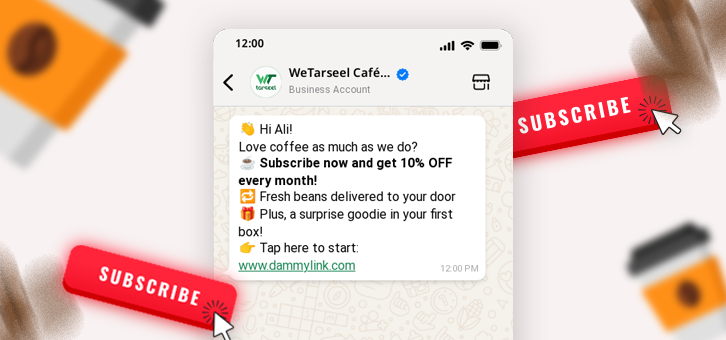
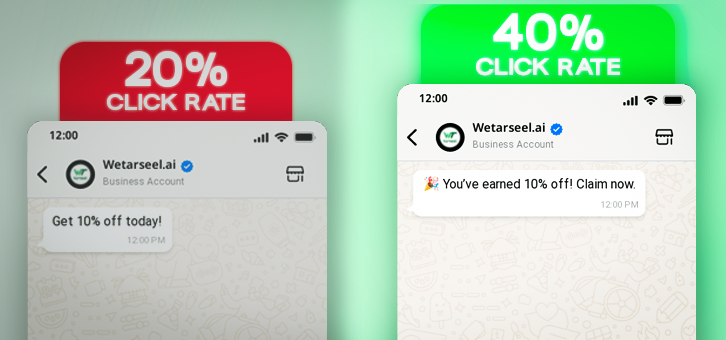
8. Test and Analyze: Continuously Improve Your Strategy
Monitor metrics such as:
Open rates
Click-through rates
Conversion rates
A/B test different messages to see what resonates best with your audience.
9. Ensure Compliance: Respect Privacy and Regulations
Always:
Obtain consent before sending messages.
Provide an option to opt-out.
Comply with data protection regulations.
Building trust is crucial for long-term customer relationships.
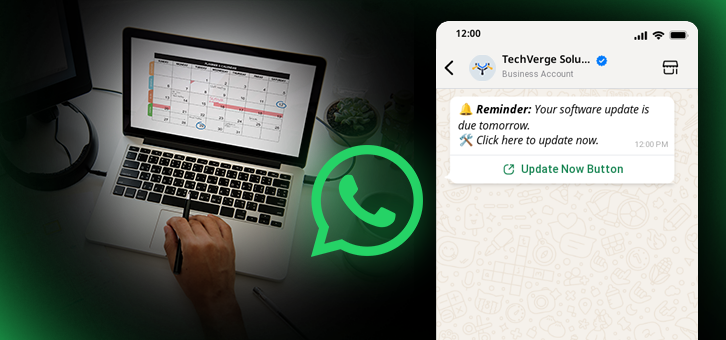
10. Integrate with Other Channels: Create a Cohesive Experience
Combine WhatsApp marketing with other channels like email and social media for a unified approach. For example:
Send a teaser email about an upcoming sale.
Follow up with a WhatsApp message when the sale goes live.
11. Leverage Chatbots for Instant Responses
Implementing chatbots can help:
Provide instant answers to common queries.
Guide users through product selections.
Collect feedback efficiently.
This ensures customers receive timely responses, enhancing their experience.

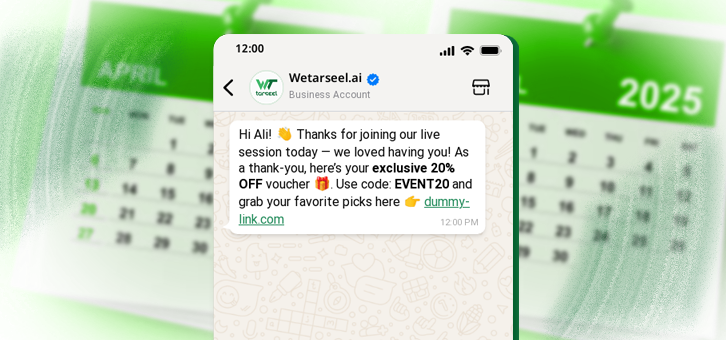
12. Utilize WhatsApp Business Features
Take advantage of features like:
Quick replies for frequently asked questions.
Labels to organize chats.
Automated greeting and away messages.
These tools help manage customer interactions more effectively.
13. Crafting Engaging Templates
Design message templates that are:
Clear and concise.
Personalized with placeholders for names or order details.
Aligned with your brand voice.
Templates streamline communication, especially for recurring messages.
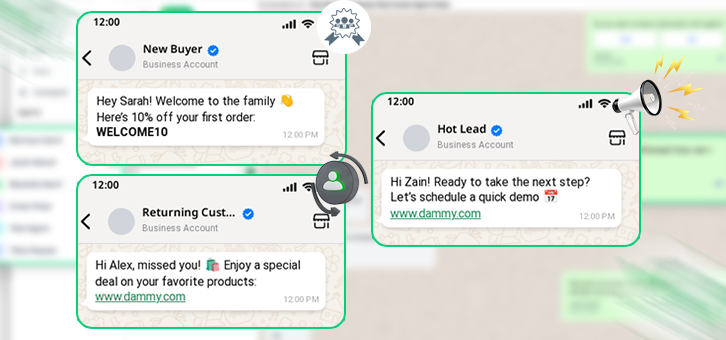
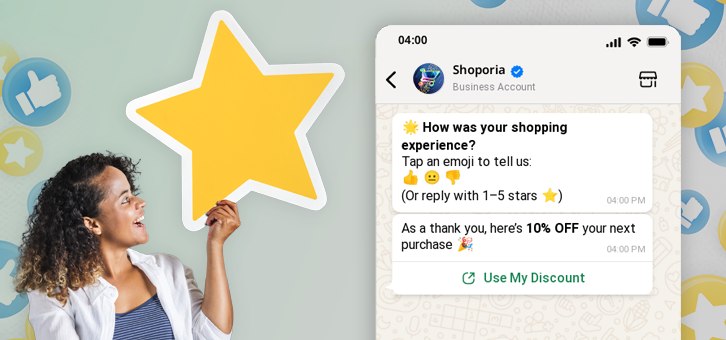
14. Monitor and Adapt to Feedback
Encourage customers to share their thoughts and experiences. Use this feedback to:
Refine your messaging strategy.
Improve products or services.
Enhance customer satisfaction.
Being receptive to feedback demonstrates that you value your customers’ opinions.


